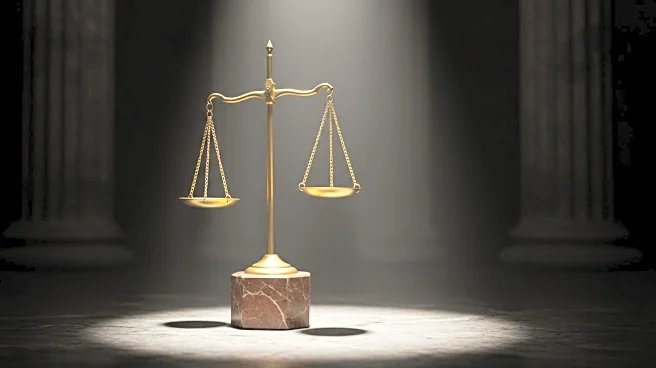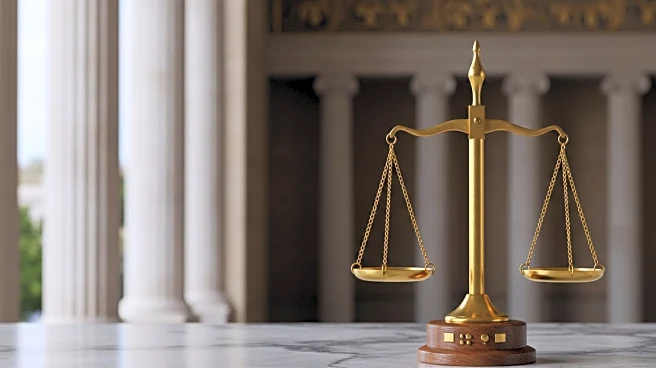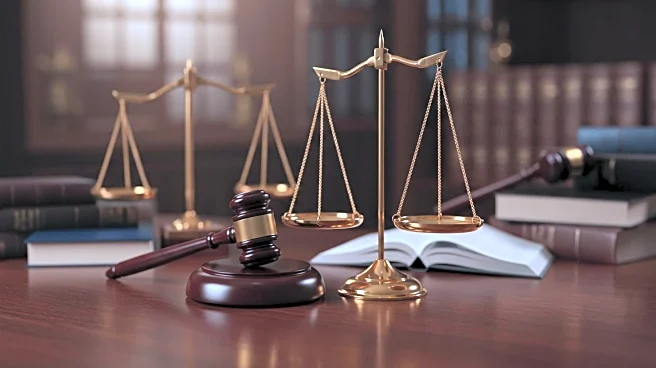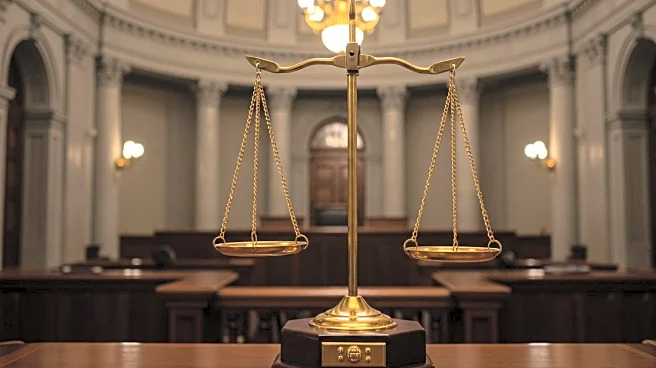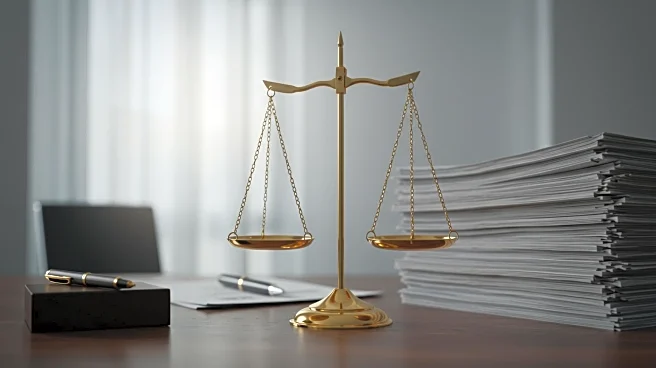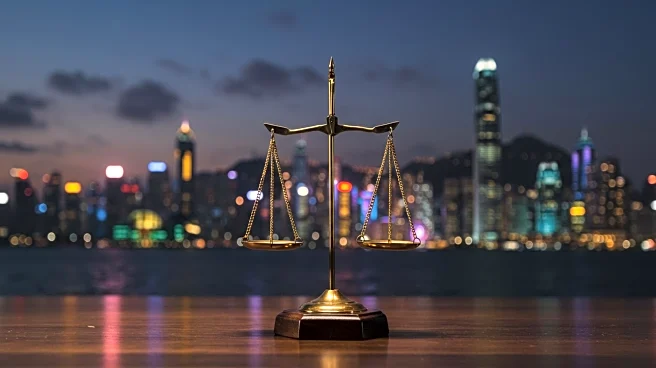What's Happening?
In the 2024-25 Supreme Court term, a particular justice has distinguished themselves by writing the most dissents, totaling ten. This contrasts sharply with Chief Justice John Roberts, who did not write any dissents or concurrences during the same term. The identity of this justice and their prolific dissenting activity has sparked discussions about their role and influence within the court. The term's dynamics highlight differing judicial philosophies and approaches to decision-making among the justices.
Why It's Important?
The emergence of a justice as a leading dissenter is significant as it reflects the ideological diversity and debate within the Supreme Court. Dissents can influence future legal interpretations and provide a counter-narrative to majority opinions. This justice's frequent dissents may signal a robust commitment to certain legal principles or perspectives, potentially shaping the court's long-term jurisprudence. The lack of dissents from Chief Justice Roberts suggests a strategic or philosophical choice, impacting the court's public perception and internal dynamics.
What's Next?
The implications of this justice's dissenting activity may unfold in future court terms, as their opinions could influence legal scholars, lower courts, and future cases. Observers may watch for shifts in the court's ideological balance or changes in the Chief Justice's approach. The justice's dissents might also inspire legislative or public discourse on the issues they address, potentially affecting policy and legal reforms.
Beyond the Headlines
Dissenting opinions often serve as a historical record of alternative legal reasoning, which can become influential over time. This justice's dissents may contribute to broader discussions on judicial independence and the role of the Supreme Court in shaping societal norms. The term's dynamics could also reflect broader political and cultural shifts, influencing how the court is perceived by the public.
